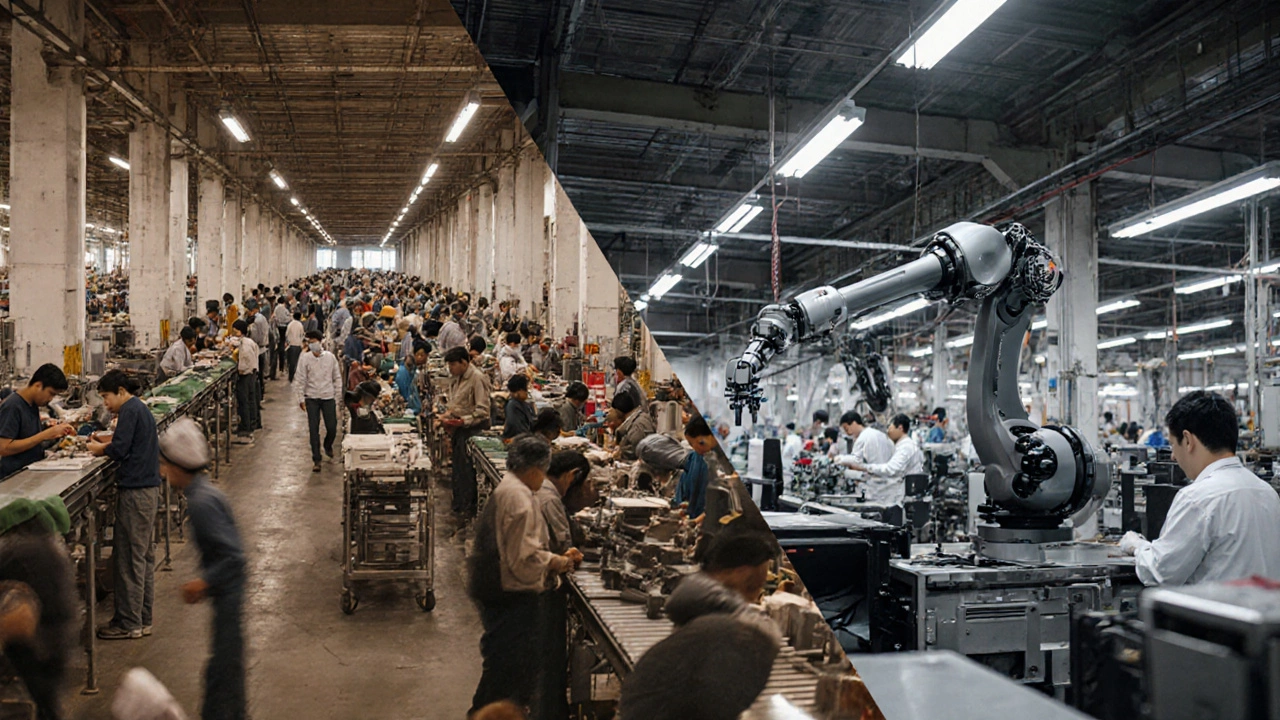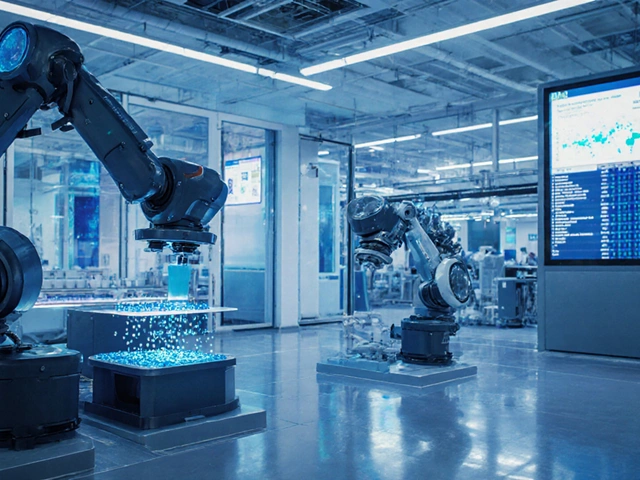China Manufacturing Cost: What Drives Prices and How to Manage Them
When you study China manufacturing cost, the total expense of producing goods in China, covering labor, raw materials, energy, and logistics. Also known as Chinese production cost, it shapes pricing strategies for exporters worldwide, you quickly see why it matters. Companies chase lower numbers, but the reality is a mix of predictable and volatile elements. Labor wages, material prices, energy rates, government subsidies, and the efficiency of the supply chain all feed into the final figure. This mix creates a semantic triple: China manufacturing cost includes labor and material expenses; labor cost influences total manufacturing cost; and supply chain efficiency affects overall pricing.
One of the biggest drivers is labor cost, average wages, benefits, and overtime paid to factory workers in China. Over the past decade, wages have risen steadily, especially in coastal hubs like Guangdong and Shanghai. At the same time, supply chain efficiency, how quickly raw materials move through ports, warehouses, and production lines can either offset higher wages or amplify them. For example, a well‑integrated logistics network can shave days off lead time, cutting inventory holding costs. Another related entity is energy cost, prices of electricity and gas that power factories. Regions with renewable subsidies often enjoy lower utility bills, which directly reduces the per‑unit cost. When you compare China manufacturing cost to neighboring countries like India, the picture changes. India’s small factory cost, initial investment for land, machinery, and permits in a modest Indian plant tends to be lower on paper, but differences in scale, technology adoption, and infrastructure can narrow the gap. Recent policy shifts, such as stricter environmental regulations in China, add compliance expenses that some manufacturers pass onto buyers. Understanding these nuances helps you decide whether to shift production, negotiate better terms, or invest in automation.
Practical Insights for Decision‑Makers
To keep your budget in check, start by mapping each cost component. Identify where labor cost spikes—maybe in a specific province—and explore nearby regions with lower rates but comparable skill levels. Next, audit your supply chain: are you paying premium freight rates because of a single‑source supplier? Diversifying sources can improve logistics cost, expenses linked to transportation, warehousing, and customs handling. Finally, factor in hidden costs like quality control, certification, and potential tariff changes. By treating China manufacturing cost as a set of interconnected variables, you can model scenarios that reveal real savings. The articles below dive deeper into each of these topics—labor trends, factory setup costs, supply chain tricks, and how China stacks up against other manufacturing hubs. Read on to get the data, examples, and step‑by‑step tips you need to turn cost challenges into strategic advantages.
India vs China: Which Country Offers Cheaper Manufacturing?
A detailed comparison of manufacturing costs in India and China, covering labor, energy, land, logistics, regulations, hidden expenses, and a decision matrix for choosing the cheaper location.
Read More




